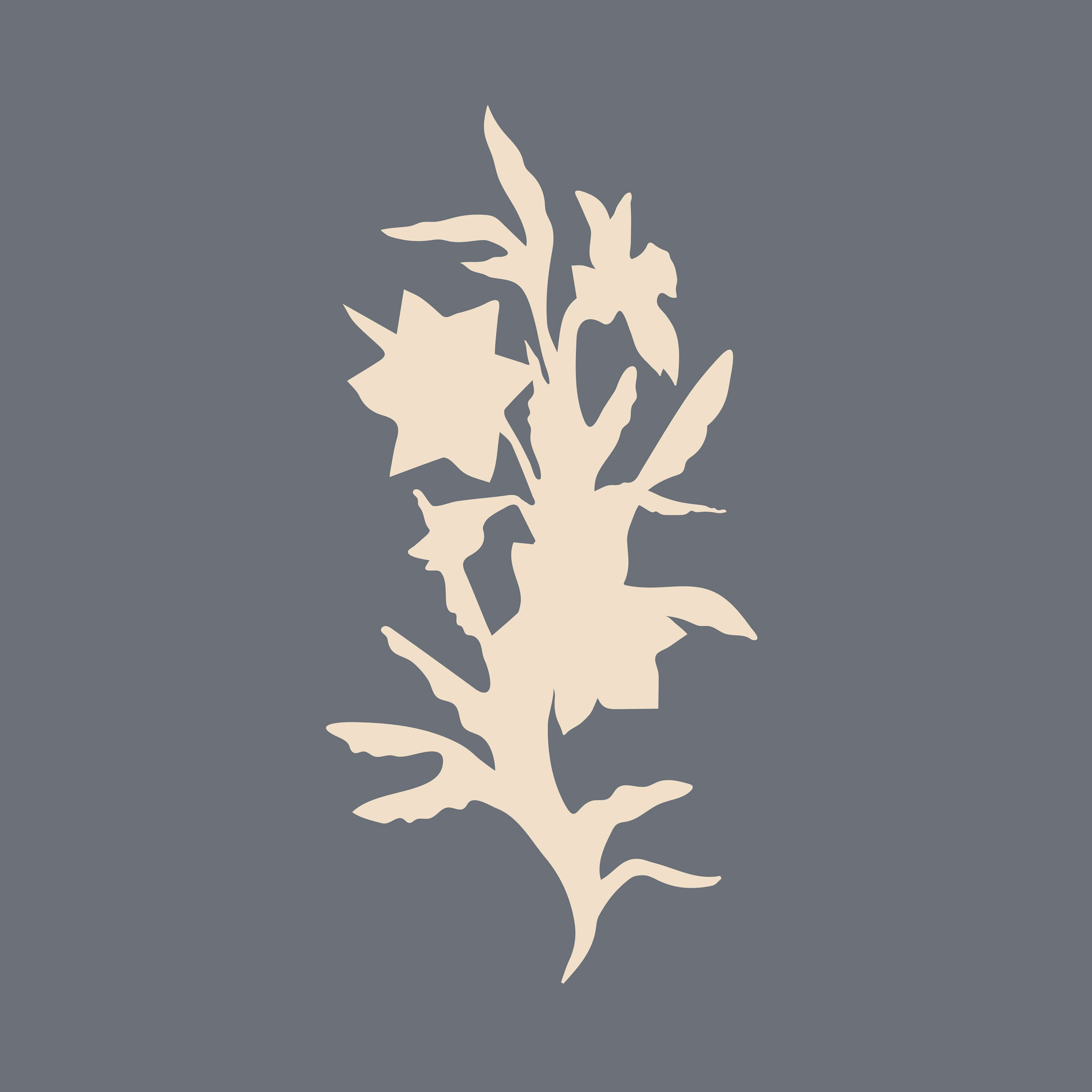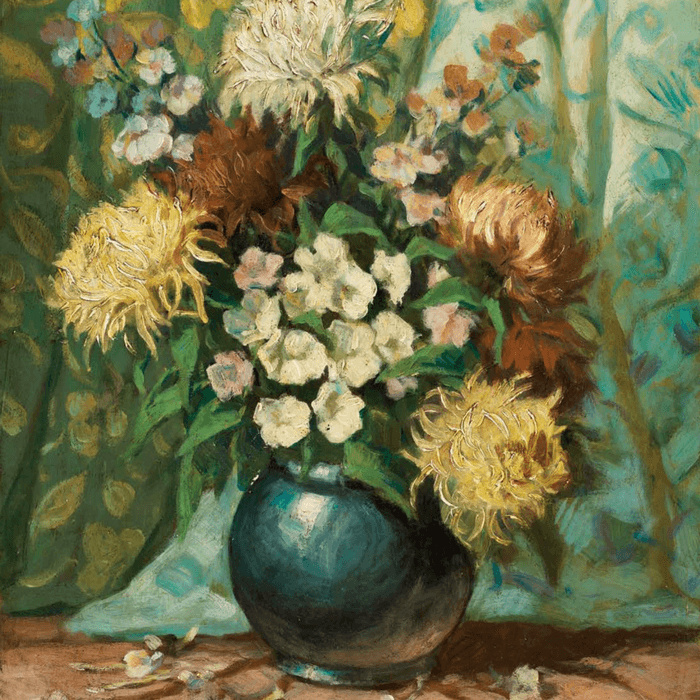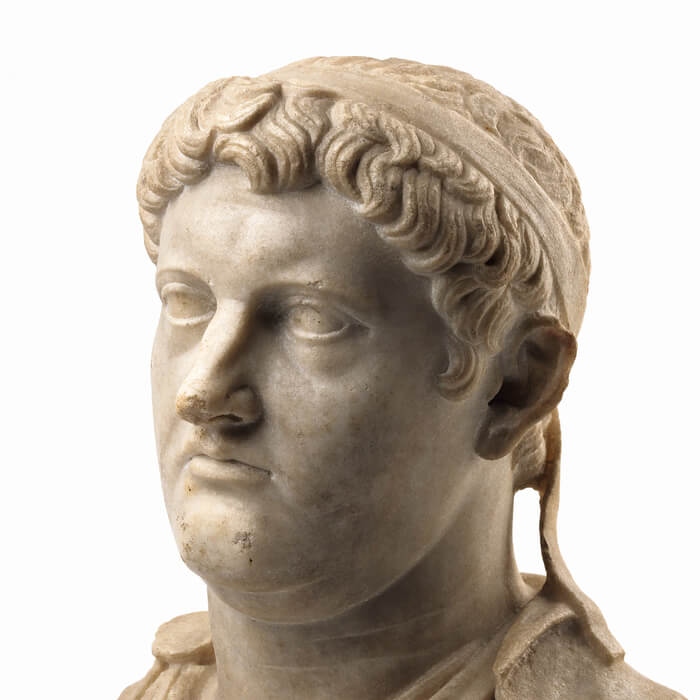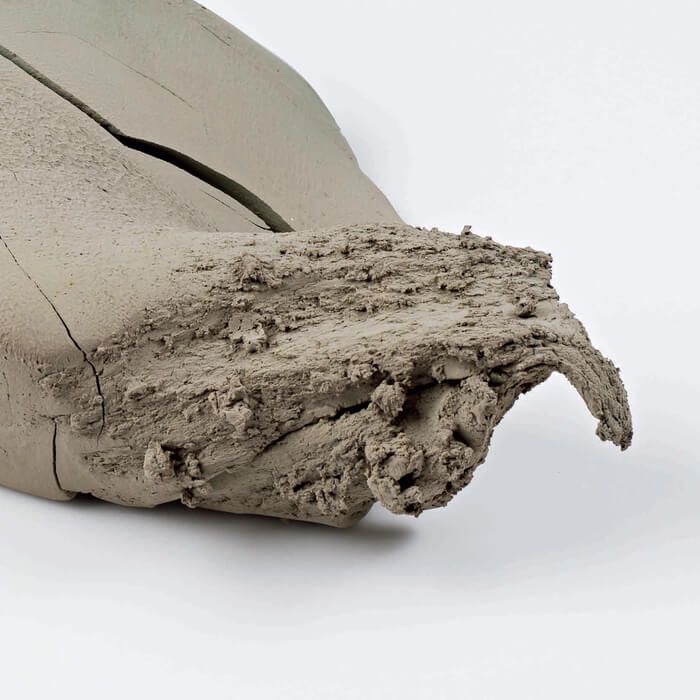Ben Kimse. Sen de mi Kimsesin?
14 Eylül 2022 - 12 Şubat 2023

KÜRATÖR:
Selen Ansen

KÜRATÖR:
Deniz Artun

KÜRATÖR:
Hülya Bilgi

KÜRATÖRLER:
Şeyda Çetin, Ebru Esra Satıcı

KÜRATÖRLER:
Catherine Milner, Károly Aliotti